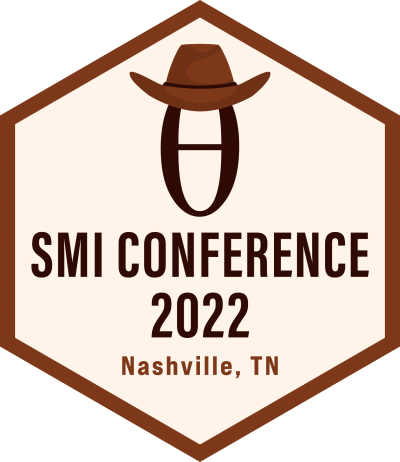Thursday, May 26, 2022 • 11:05 am–noon • Light Hall, Room 512
Organizer: Amanda (Mandy) Mejia, Indiana University
Chair: Julia Fisher, StatLab
Spatial Bayesian modeling for (longitudinal) task fMRI activation studies with the BayesfMRI package
Mandy Mejia, Indiana University
Daniel Spencer, Indiana University
Damon Pham, Indiana University
Ryan Yue, Baruch College
David Bolin, KAUST
Vincent Koppelmans, University of Utah
Robert Welsh, University of Utah
Task functional MRI (fMRI) studies aim to determine the amplitude and areas of activation in the brain in response to a set of tasks or stimuli. For computational convenience, this data is often analyzed in a “massive univariate” framework called the general linear model (GLM), wherein a separate linear model is fit at every location (e.g. voxel or vertex) of the brain. This approach ignores spatial dependencies, leading to inefficient estimates and a lack of power to detect areas of activation, particularly in individual subjects. An alternative is spatial Bayesian models, which impose spatial priors on the latent activation maps. We recently proposed a spatial Bayesian GLM built on the cortical surface to leverage dependencies along the gray matter of the cortex, where activation is known to occur. We have also extended this model to volumetric subcortical and cerebellar gray matter regions, where activation also occurs. Areas of activation are based on the joint posterior distribution of activation across all brain locations, avoiding multiple comparisons and dramatically increasing power. Efficient Bayesian computation is performed using INLA (integrated nested Laplace approximations) or expectation-maximization (EM). This approach is implemented in the BayesfMRI R package, which can be applied directly to CIFTI- (surface and subcortical/cerebellar gray matter) and GIFTI- (surface-only) format fMRI data. A longitudinal or multi-run extension is also implemented to leverage information shared across multiple sessions from a subject. This talk will illustrate spatial Bayesian analysis of task fMRI data from a study of ALS (amyotrophic lateral sclerosis) with the BayesfMRI package.
Longitudinal surface-based spatial Bayesian modeling reveals complex trajectories of motor neurodegeneration in ALS
Robert C. Welsh, University of Utah
Amanda Mejia, Indiana University
Vincent Koppelmans, University of Utah
Laura Jelsone-Swain, University of South Carolina at Aiken
Sanjay Kalra, University of Alberta
Longitudinal fMRI datasets hold great promise for the study of neurodegenerative diseases, but realizing their potential depends on extracting accurate fMRI-based brain measures in individuals over time. This is especially true for rare, heterogeneous and/or rapidly progressing diseases, which often involve small samples whose functional features may vary dramatically across subjects and over time. One such disease is ALS, which results in extreme motor function loss and eventual death. Here, we analyze a rich longitudinal dataset containing 190 motor task fMRI scans from 16 ALS patients and 22 age-matched HCs. We adopt the longitudinal cortical surface-based spatial Bayesian GLM described in the previous talk to detect areas of activation with high power and accuracy in individuals over time. Using a series of longitudinal mixed-effects models to study the relationship between size of activation and disease progression, we observe an inverted U-shaped trajectory of activation as disability progresses. Faster progressors exhibit more extreme changes earlier in the disease process. These findings suggest that initial hyper-activation is likely attributable to loss of inhibitory neurons, rather than functional compensation as earlier assumed. This study provides a first example of how surface-based spatial Bayesian modeling can be used to further scientific understanding of neurodegenerative disease. This talk with also include a discussion of cortical surface processing and special considerations for participants with neurodegeneration.
